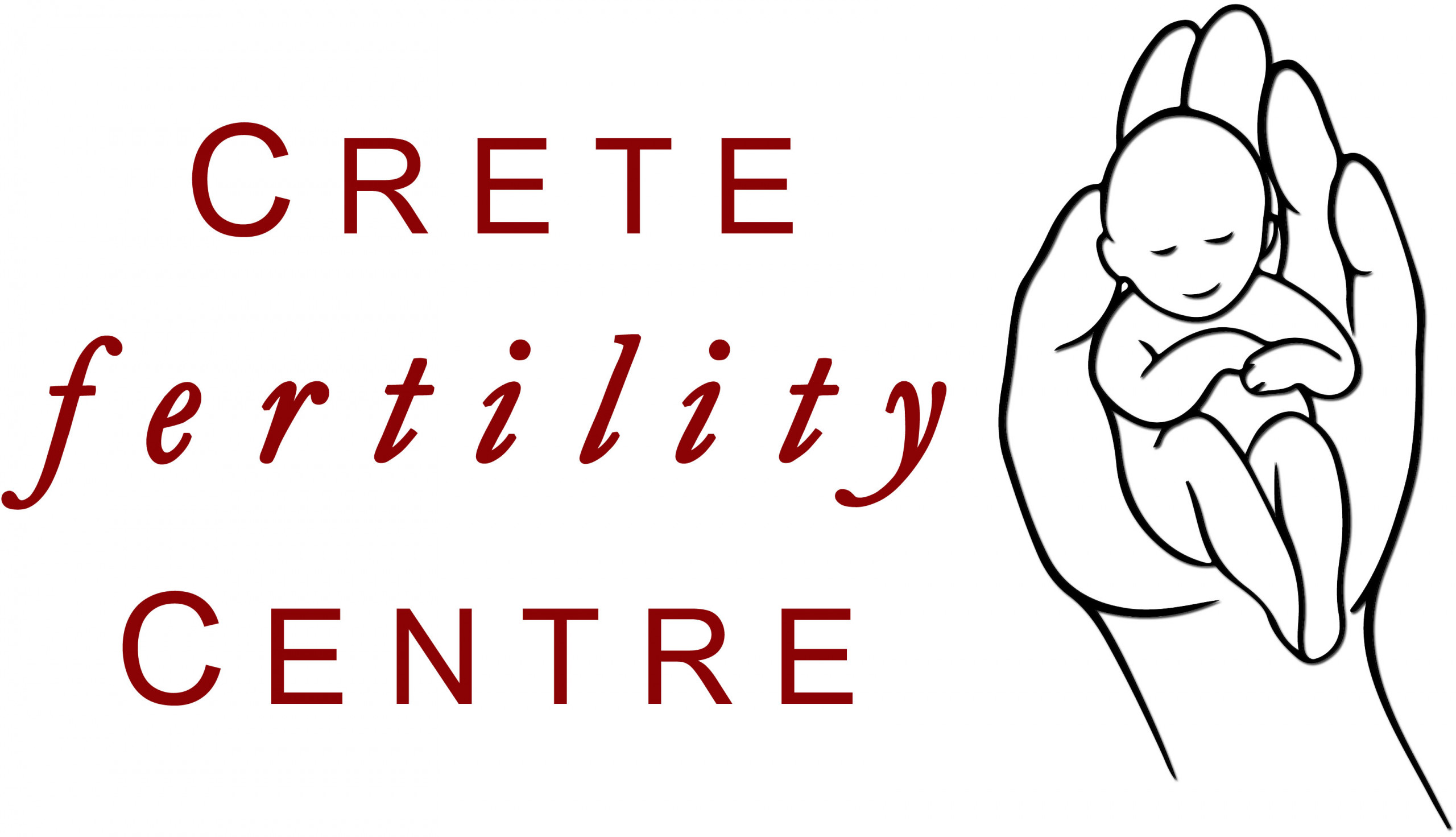Oocyte Cryopreservation (Vitrification) – Oocyte Bank
Oocyte cryopreservation or vitrification (egg freezing) is a rapidly advancing, breakthrough technology in which a woman’s eggs (oocytes) are extracted, frozen and stored (oocyte bank). Later, when she is ready to become pregnant, the eggs can be thawed, fertilized, and transferred to the uterus as embryos.
Unfortunately over 50,000 reproductive-age women are diagnosed with cancer each year in the United States only. Chemotherapy and radiotherapy are toxic for oocytes, leaving few, if any, viable eggs. Egg freezing offers women with cancer the chance to preserve their eggs so that they can have children in the future.
Oocyte cryopreservation is aimed at three particular groups of women: those diagnosed with cancer who have not yet begun chemotherapy or radiotherapy; those undergoing treatment with assisted reproductive technologies who do not consider embryo freezing an option and those who would like to preserve their future ability to have children, either because they do not yet have a partner, or for other personal or medical reasons.
Oocyte cryopreservation is an important option for individuals undergoing IVF who object, either for religious or ethical reasons, to the practice of freezing embryos. Having the option to fertilize only as many eggs as will be utilized in the IVF process and then freeze any remaining unfertilized eggs can be a positive solution. In this way, there are no excess embryos created, and there is no need of unused frozen embryos disposition, a practice which can create complex choices for certain individuals.
Egg freezing can also be beneficial for women who, for the purpose of education, career or other reasons, desire to postpone childbearing. Freezing eggs at an early age may ensure a chance for a future pregnancy.
Additionally, women with a family history of early menopause have an interest in fertility preservation. With egg freezing, they will have a frozen store of eggs, in the likelihood that their eggs are depleted at an early age.
Method
The egg-retrieval process for oocyte cryopreservation is the same as that for in vitro fertilization. This includes 2 – 4 weeks of hormone injections and hormonal contraception in order to stop ovulation, followed by more hormone injections to stimulate ovaries and ripen multiple eggs. When the eggs have matured, additional hormone is given and the eggs are removed with an ultrasound-guided needle through the vagina. The procedure is conducted under sedation. The eggs are immediately frozen (vitrified).
The egg is the largest cell in the human body and contains a great amount of water. When the egg is frozen, the ice crystals that are formed can destroy the integrity of the cell. To prevent this, the egg must be dehydrated prior to freezing. The water is then replaced by a special cryoprotectant to inhibit the formation of ice crystals.
Eggs are frozen using either a Controlled-Rate and Slow Freezing in Cryopreservation or a new flash-freezing process known as vitrification. The slow-freeze method is by far the most practiced of the embryo freezing techniques. Vitrification is a new rapid freezing process in which a high concentration of cryoprotectant is used. The result is a solid glass-like cell, free of ice crystals. This is the method mostly used in CFC.
Additionally, once frozen, the zona pellucida, or shell, of the egg hardens, requiring embryologists to inject the sperm into the egg with a needle in order for fertilization to occur. This technique is called ICSI (Intracytoplasmic Sperm Injection) and is also used in IVF.





